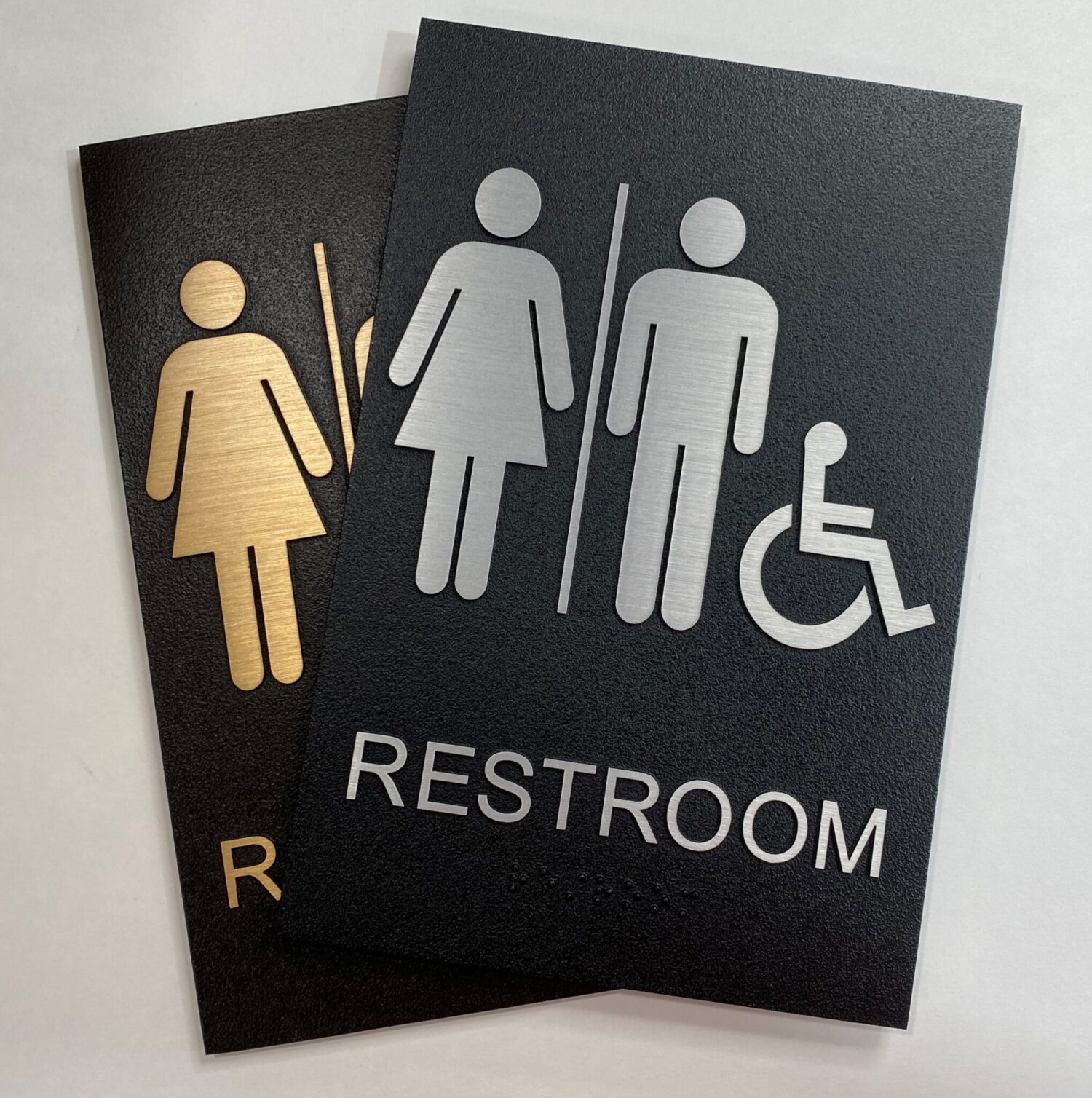THE REALITY OF PVC
While vinyl is stable during its operational life, its production and disposal pose tremendous hazards to workers, consumers, and the planet.
HUMAN IMPACT
Although a cheap, sturdy, and flexible material, you may want to think twice about incorporating PVC into your home or business construction. Vinyl’s production, life, and disposal release dangerous chemicals that cause adverse health impacts in humans and nature. Vinyl chloride, dioxins, and heavy metals are a few of these toxic substances.
VINYL CLORIDE
Almost all vinyl chloride gas (VCM) produced today is used in the production of PVC. Vinyl chloride gas has long been a blemish in the history of vinyl production. Among exposed workers worldwide, there were reports of nearly 200 cases of VCM-related rare liver cancer between 1974 and 2000. For many workers, VCM was dormant in their bodies for more than twenty years before becoming cancerous. Reports of these types of cancers spiked in the mid to late 1970s in workers who cleaned reactor vessels. These workers were believed to have suffered VCM exposure as high as 3000 ppm.⁷
Even though the vinyl industry complied with OSHA regulations in 1975 to reduce the allowable exposure of chloride gas to 1 part per million (ppm) over eight hours, or no more than 5ppm in 15 minutes, many voices of expertise and lived experience argue that no exposure to this gas is safe and exposure should not be allowed.8, 14, 18 Furthermore, there is no transparency around the disposal methods of waste VCM. No PVC manufacture or recycling programs were found listing information describing practices—safe or not—for treating VCM collected during their daily processes.
Today, many epidemiology researchers claim that there are no safe exposure levels to this gas, and the current allowed exposure level is unsafe. Many other medical experts agree that OSHA regulations should not allow any workers to knowingly come into contact with this toxic substance and call for immediate reform from the vinyl industry.8, 14, 18
Unfortunately, these scientific claims are far from just theoretical. Investigations of workers today reveal biological discrepancies between those exposed to “safe” levels of chloride gas and those who have no exposure. Higher incidences of liver damage were found in workers who were exposed to higher allowable levels of vinyl chloride gas even when controlling for factors like age, weight, and other demographic variables.⁸
DIOXINS
Dioxins are another toxic substance inseparable from vinyl’s cycle from cradle to grave. Dioxins, mainly by-products of industrial processes, can be emitted from natural processes such as volcanic eruptions and forest fires.⁶ Pound for pound, vinyl is by far the greatest producer of manmade dioxins.
Although the industry claims that dioxin release is not a major concern, the truth is that their history of releasing vinyl dioxins into the atmosphere cannot be erased. PVC production today has set limits on dioxins released, but the historic leaching of dioxins has made everyone today come into contact with this toxic chemical.
For example, the increasing number of wildfires in California and other areas of the western USA has raised concerns about the ability of PVC water pipes to withstand high temperatures. A recent study confirmed these fears, finding that thermally degraded PVC released close to 100 compounds. The emissions testing identified four known IARC Group 1 human carcinogens (vinyl chloride, formaldehyde, 1,3-butadiene, and benzene), three Group 2A probable carcinogens, four Group 2B possible carcinogens.⁵ Clearly, these facts should make us all question the widespread use of PVC pipes and consider alternatives.
Because our dioxin baseline levels have been artificially elevated, any additional dioxin introduced to the system, no matter how small, now has a much greater capacity for harm. Thus, even if vinyl may not emit the great qualities of dioxins as it did in the past, the industry is still to blame for the environmental impacts of their and others’ dioxin emissions today.
Dioxins last for decades in the environment, accumulating over time in soil, water, and inhabitants. In humans and animals, dioxins are stored in the fatty tissue and thus last a long time in the body. Accumulation of dioxins up the natural food chain can cause animals who consume other organisms to die or have health issues from intaking dioxins. According to the World Health Organization (WHO), more than 90 percent of human dioxin exposure is through food, mainly meat and dairy products, fish, and shellfish.⁶
Like mercury and other toxins in our food supply, dioxins can cause irreversible health problems. Short-term exposure to high levels of dioxins may result in skin lesions and altered liver function. Long-term exposure is linked to harm to the immune system, nervous system, endocrine system, and reproductive functions. Dioxin exposure is also linked to elevated levels of some cancers in animals. Infants and newborn children are especially vulnerable to dioxins.⁶
During the initial production of vinyl alone, many stages require the mixture to reach extreme temperatures and consequently release dioxins. For example, the step to convert ethylene and chloride into the manageable VCM gas requires thermal cracking. As the mixture is heated to 392°F— 599°F, dioxins are released in the factory surrounding areas. Additionally, PVC can release dioxins at the end of its life when it is recycled or incorrectly processed as landfill trash.
ADDITIONAL CONCERNS: HEAVY METALS & PLASTICIZERS
Although the PVC industry claims to have removed heavy toxic metals from production since 1976, there still exist many vinyl products in homes and landfills that contain these harmful metals. Should these dangerous older vinyl materials be present in a house fire or landfill burning (or even when they are recycled), all of these chemicals are released into the atmosphere and may contaminate the surrounding area for decades to come.
Plasticizers are added during production to increase flexibility. However, they leach out of all plastic products over time, infiltrating nearby air, water, and soil. This is the reason many plastic products become brittle or lose favorable original qualities as they age or are exposed to the elements.








